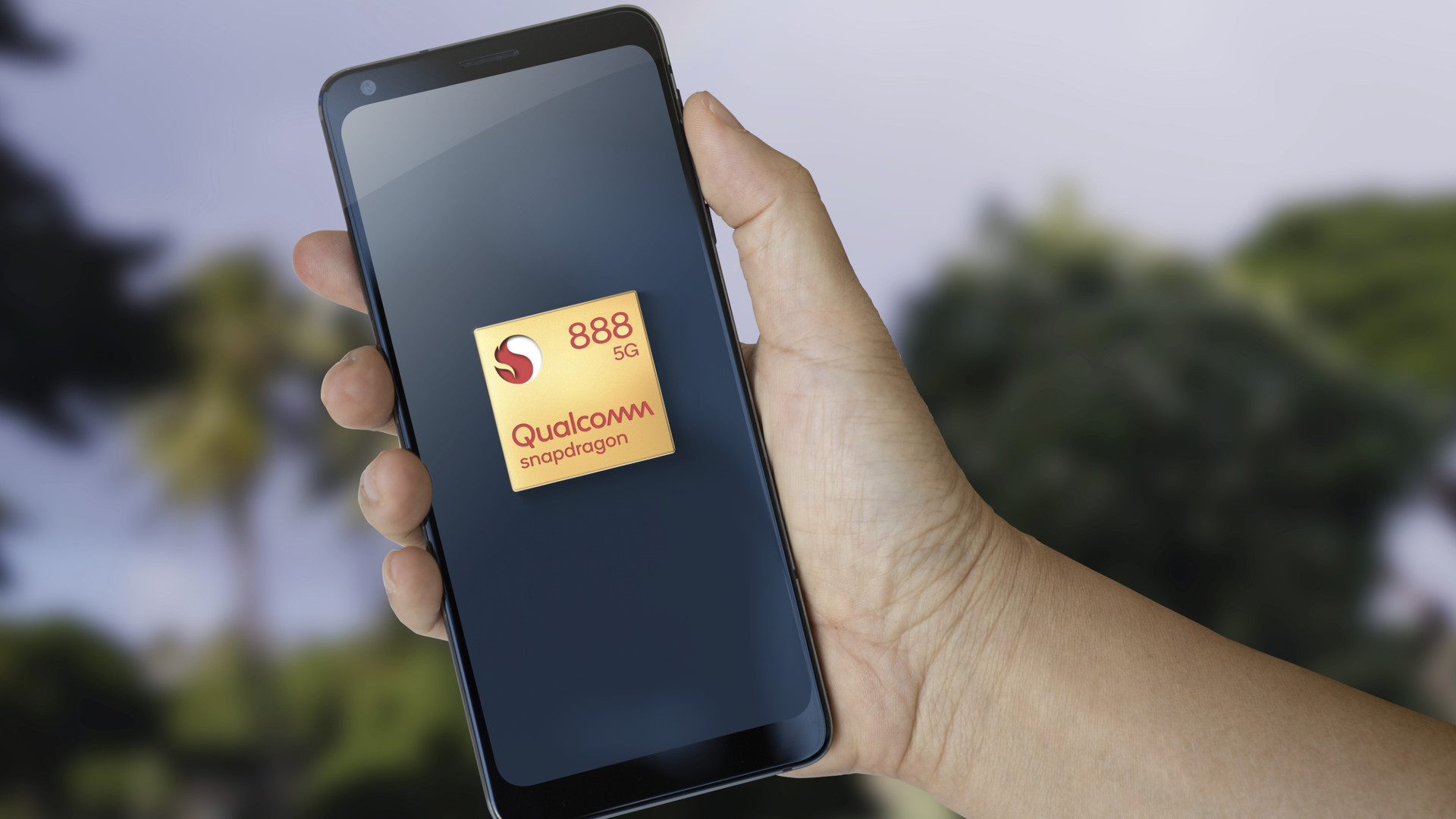Affiliate links on Android Authority may earn us a commission. Learn more.
Google, Qualcomm make it easier to update Android phones with Snapdragon chips
Published onDecember 16, 2020

- Google and Qualcomm are teaming up to extend Android updates for Snapdragon phones.
- It should be easier to give phones up to four Android OS versions, and four years of security updates.
- You’ll need a phone using the Snapdragon 888 or newer.
Google’s Project Treble helped increase the support period for Android updates, but there have still been obstacles. It’s a headache for chipmakers, who have to support as many as six combinations of framework software and vendor implementations for each chipset. Google and Qualcomm might just make it easier, though. They’re teaming up to improve Project Treble and simplify Android updates for Snapdragon devices, extending the length of time you get OS and security upgrades.
The streamlined approach works by cutting legacy baggage. While device requirements for Android updates through Project Treble were never retroactive, that now extends to the systems-on-chip in Snapdragon devices, too. A chip designer like Qualcomm can support the same Android implementations for both new devices and updates, greatly reducing the number of software combos they have to support.
Related: Google should require two years of updates for every Android phone
This should not only lead to longer Android update support schedules, but more consistent support. Any Snapdragon platform that supports the Project Treble updates will allow up to four Android OS versions and four years of security updates. When it’s rare to see Android phones get more than three years of OS updates and many get two or less, that’s a major improvement.
As you might have noted, though, this won’t apply to older hardware. You’ll need a device using the Snapdragon 888 or a newer chip. In other words, you’ll have to get a high-end phone or tablet to take advantage of this early on — budget models will come later.
This doesn’t guarantee that brands will deliver the full range of Android system and security updates. However, there will be fewer hurdles to providing those updates. It could be particularly helpful for device makers that have a wide range of Snapdragon-based devices. They’re more likely to give a budget phone the kind of support you’d normally expect from a flagship.